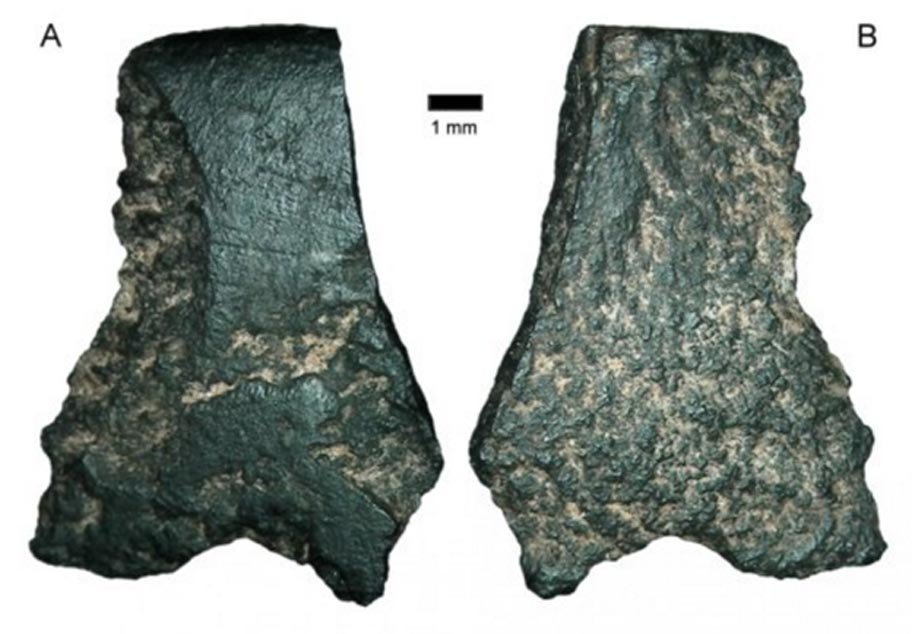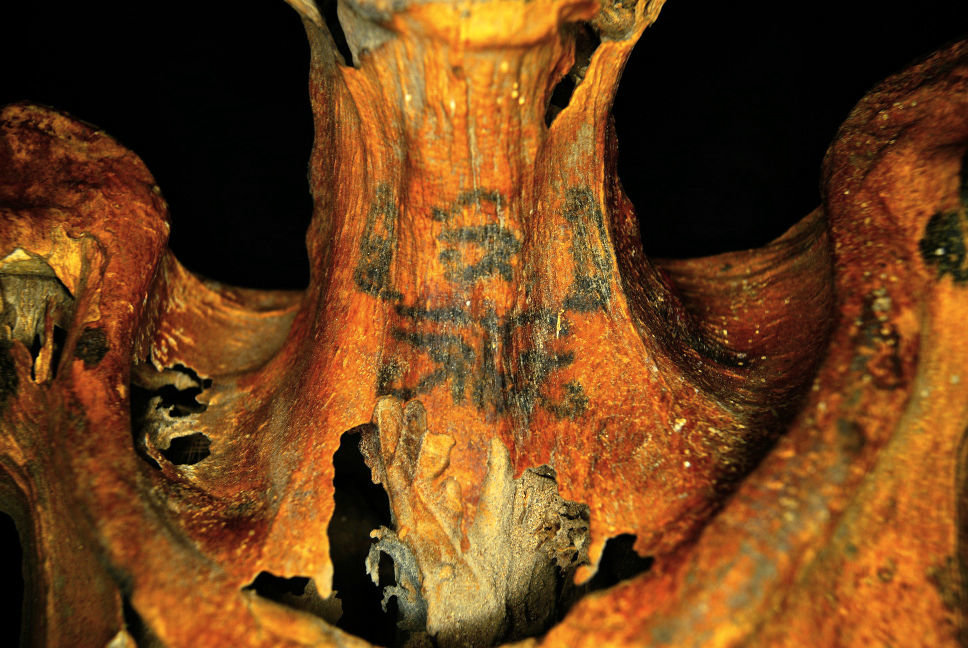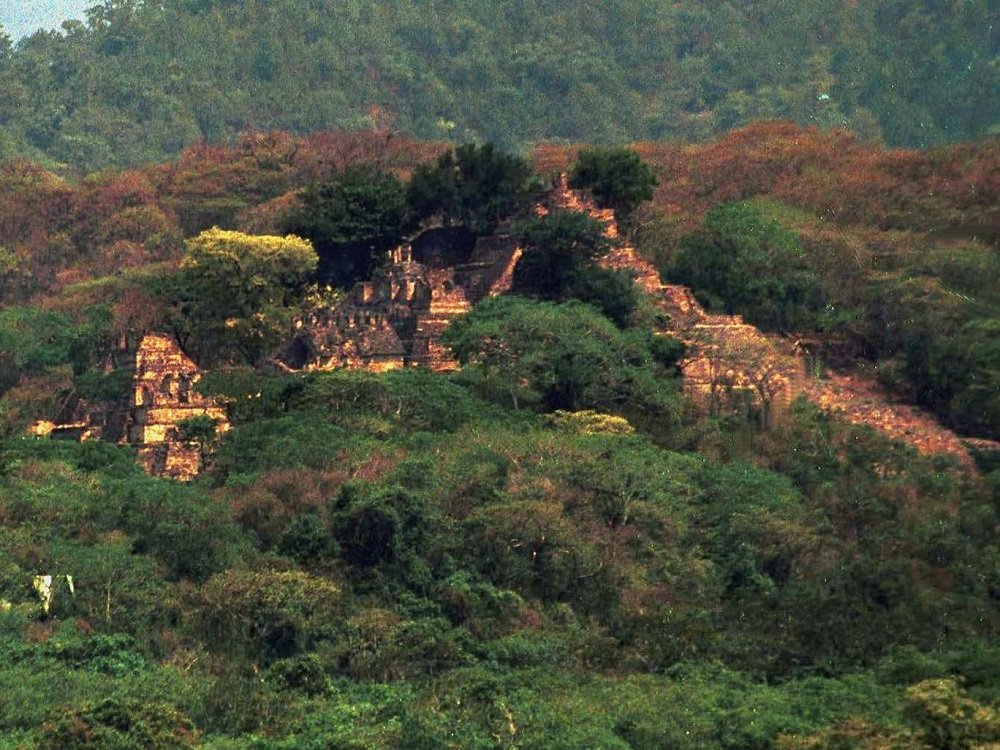The recent debacle of David Cameron's filmed condemnation of Nigerian and Afghan corruption and the Queen's
remark on Chinese officials' rudeness highlights the persistence of imperial thinking in Britain. There seems to be a continuing assumption within the British establishment that it sets an example for others to follow and that the British are owed deference by others.
Ever since evangelical antislavery activists campaigned for Britain to abolish the transatlantic slave trade, Britons have assured themselves that imperial overrule is compatible with the "
benign tutelage" of other races and nations. Unlike the other European empires, Britons tell themselves, theirs was an empire founded on humanitarian compassion for colonised subjects.
The argument runs like this: while the Spanish, Portuguese, French, Belgians and Germans exploited and abused, the British empire brought ideas of protection for lesser races and fostered their incremental development. With British tutelage colonised peoples could become, eventually, as competent, as knowledgeable, as "civilised" as Britain itself.
These platitudes have been repeated time and again - they are still at the heart of most popular representations of the British Empire.
Even when we are encouraged to pay attention to empire's costs as well as its benefits, these costs are imagined solely in terms of specific incidents of violence such as the
Amritsar Massacre in India or the
suppression of the Mau Mau rebellion in Kenya. Britain has excused itself from that most structural injustice of empire - the slave trade itself - by the fact that it was Britain that pioneered its abolition.





Comment: